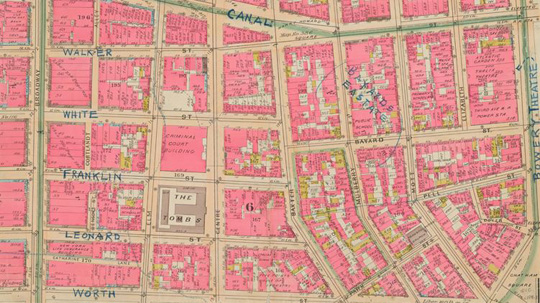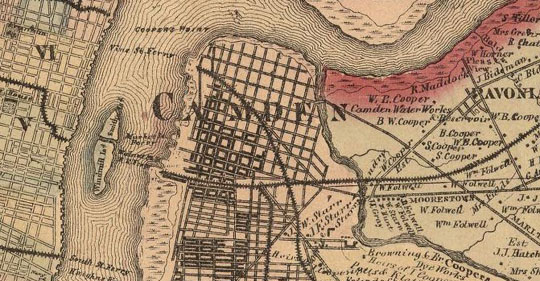Geography
9. Unknown Place Names – When researching your ancestors it is not uncommon to come across an unknown place name. A quick search of Google maps and other online resources generally end up drawing a blank. What do you do? First of all, place names are often spelled incorrectly. Consider alternate spellings. Second, realize that if the genealogical record was written a long time ago by a clerk then the place name is most likely written out phonetically. That is, the clerk phonetically transcribed a place name given to him verbally.
For example, consider the spelling variations that could occur one hundred years ago if an American immigration clerk had to write down the name of the German town of your immigrant ancestor. Chances are your ancestor could not read or write so the clerk would just take a best-guess and phonetically spell out the name.
In this example, find someone who is fluent in German and familiar with the general region of your ancestor. Then say the name to them out loud to see if it sounds similar to any place name in the region. Finally, place names change over time. When all else fails, check a historic map of the region and say the names on the map to yourself out loud (yes out loud) to see if there are any potential phonetic matches.

10. Censuses - A frequent problem when tracing ancestors is not being able to find them on historic censuses. Have you ever considered the possibility that your ancestor may have moved repeatedly between censuses? This is more common than most people realize.
In the 1800s and early 1900s, people tended to move much more frequently than they do today. This period coincided with massive industrialization in most countries. People moved from farms to cities and from city to city in search of work. As well, widespread home ownership (particularly in cities) was not common. For many of our ancestors, housing accommodation was often a temporary rental.
People who rent tend to move more frequently than people who own (a trend that, incidentally, is still prevalent today). It is also worth noting that historically, our ancestors moved more frequently if they lived in cities, as opposed to the countryside. In addition to moving for jobs, people in the past often moved at times of marriage, childbearing, widowhood and divorce.
One trick to trying to find an ancestor on a census return who may have moved frequently is to look at all the members of the immediate family. Try to determine who in the immediate family was born, married, or died closest to the date of the census. Then obtain the appropriate certificate for this individual. The address listed on this certificate will be the closest address in time to the census date. You should therefore search census records for this address. It will provide you with the best possibility of finding your missing census record.
Another trick is to use historic online city directories or farm directories. These existed for most communities from about 1880 onwards. Many historic city directories and farm directories have been put online. Try a Google search for historic directories in your region or consult the local library. Historic directories were often updated every one or two years for major cities and thus can be a good source for locating ancestors between ten-year censuses.
11. City Directories – A city directory is in some ways the predecessor to today’s telephone book. City directories, however, predate the telephone, contain much more information that a telephone book and often go back over two hundred years in most cities.
Originally, most city directories were essentially business directories. They would list the name and address of the business, the name of the proprietor and other useful information. Over time, however, city directories expanded to include individual households. A typical listing would provide the name of the head of the household, their occupation, their address and often their employer. City directories can be a very reliable means of tracking down individuals and provide a good proxy especially in regions and times where census data is not available or when you suspect your ancestors moved frequently.
We have three dictionaries specifically devoted to helping you find your ancestors in city directories: City Directory Abbreviations, List of First Name Abbreviations and List of Occupation Abbreviations.

12. Fire Insurance Maps – A fire insurance map (usually called a Sanborn map in the United States) were detailed maps drawn up by fire insurance companies. These maps list each building in a town, the structure and style of the building and (often) the owner of the building. Although these maps were originally intended to allow fire insurance companies to set policy rates, they can be a valuable source of genealogical information. You can use them to trace your ancestors to a specific building in town. Most fire insurance maps are now located in local archives or local universities. It is always worth checking to see if fire insurance maps were drawn up for the towns and communities of your ancestors.


